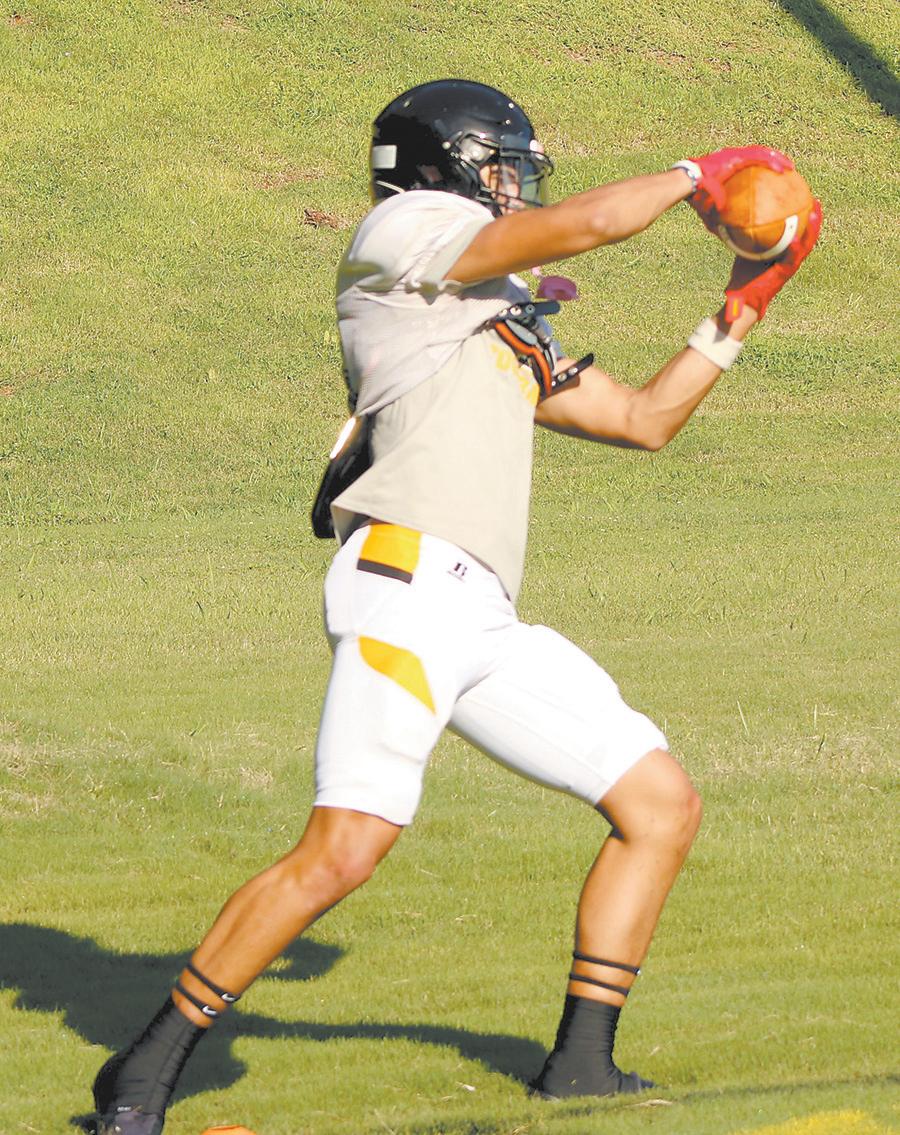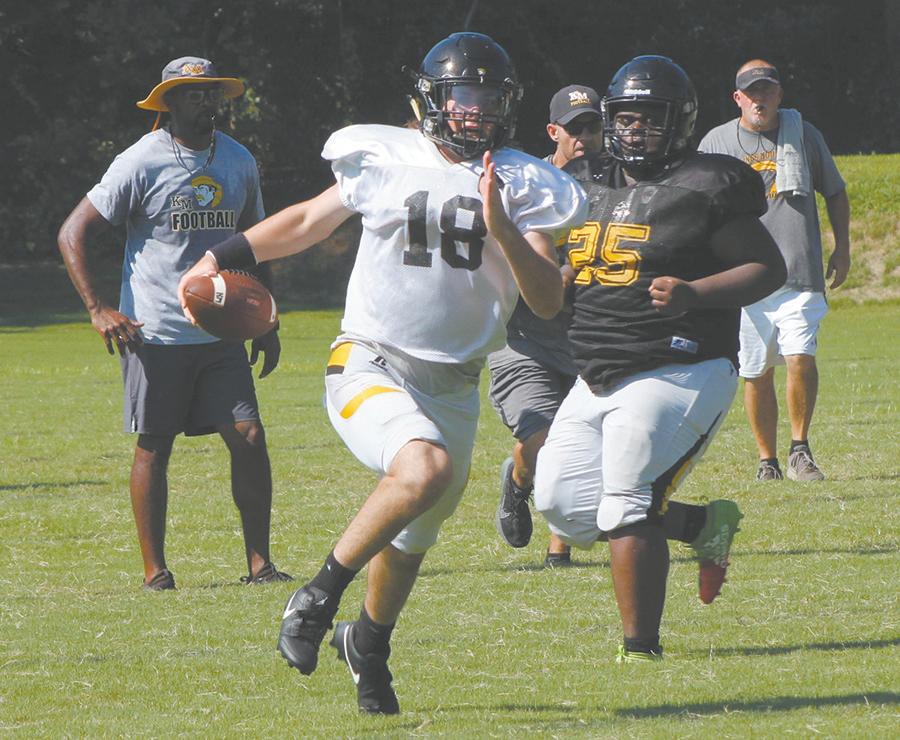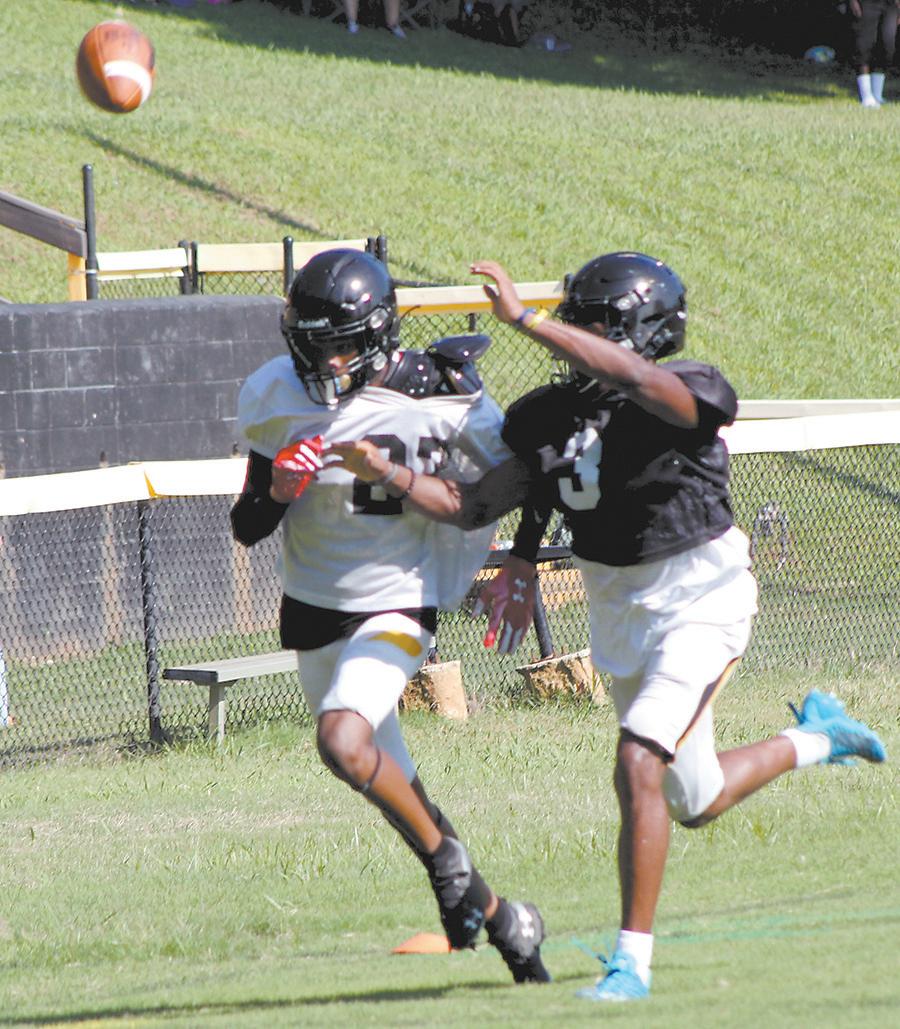
1 minute read
The most common sports eye injuries
Millions of students return to classrooms each fall. They also will be returning to the courts, fields, pitches, and courses to participate in their favorite sports.
Youth sports is so popular that, in 2013, ESPN characterized participation as “so big, no one really knows how big.” A 2016 report from the Aspen Institute titled “Project Play” indicated three out of four American households have at least one school-aged child participating in youth sports. In 2014, a study by Solutions Research Group found 84 percent of Canadian kids between the ages of three and 17 were participating in some type of sport and 60 percent were doing it on an organized basis. That same report suggested that, while sports are wildly popular, one in every five kids who is involved with a sport will suffer an injury over the course of a year.
Eye injuries are among the most common sports injuries. MUSC Health reports that, every year, nearly 40,000 individuals sustain eye injuries during athletics or recreational activities. These injuries are largely preventable with the use of proper safety eyewear.

FamilyDoctor.org says basketball and baseball cause the most eye injuries, followed by water sports and racquet sports. The following are some common sports eye injuries.
• Blunt trauma injury: This is a sudden impact to the eye or area around the eye. It’s often caused by a projectile, like a ball, hitting the area. Depending on the force, bruising, laceration or even an orbital fracture may occur.
• Penetrating eye injury: This occurs when something or someone cuts the eye. A finger or an outside object, including glasses breaking, can cause a penetrating cut.
• Corneal abrasion: The cornea is the outer layer of the eye. An abrasion can occur on its own or in conjunction with one of the other injuries. Fingernails or objects can scratch the cornea. When that occurs, debris and bacteria may enter the eye, which could lead to infection.
• Radiation injuries: Playing sports outside exposes athletes to the damaging rays of the sun. UV damage causes radiation injuries to the eyes.
• Chemical injuries: Other injuries involve those from chemical exposure. Fertilizers and pesticides applied to fields could kick up and get into the eyes of athletes, causing irritation. Swimmers may hurt their eyes through exposure to pool chemicals.
One of the easiest ways to prevent the majority of sports-related eye injuries is through the use of proper protective eyewear. All safety gear should meet the standards of governing bodies like the American Society of Testing Materials. Impact-resistant plastic or polycarbonate lenses are ideal. Outdoor sports also require lenses rated as 100 percent protective against UVA and UVB rays. Young athletes and their parents also can speak with an eye professional about preventing and treating sports-related eye injuries.






























